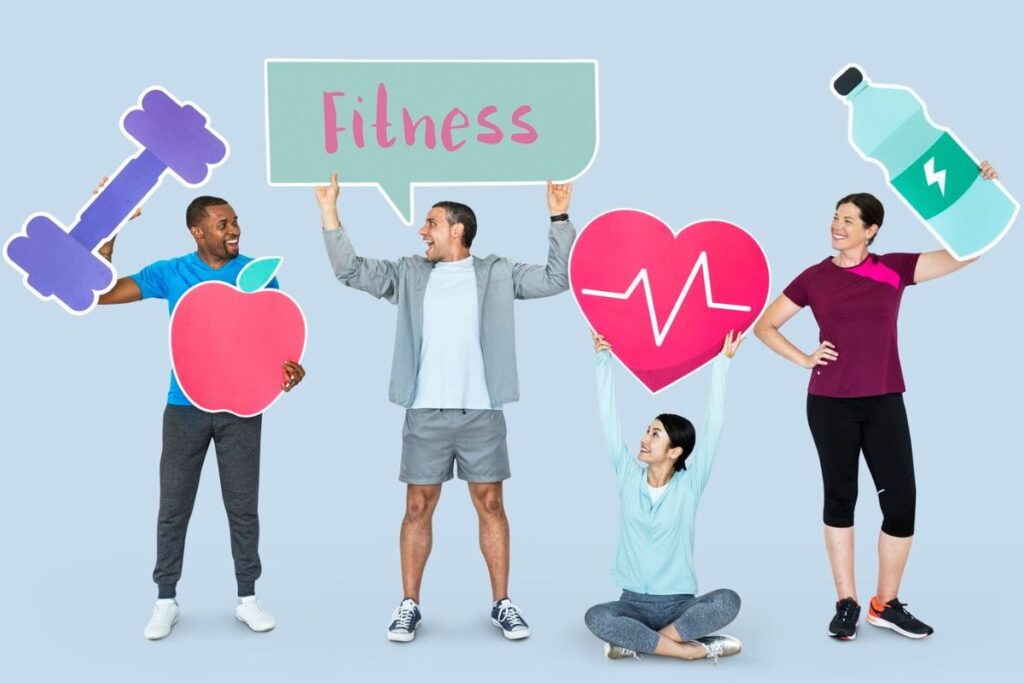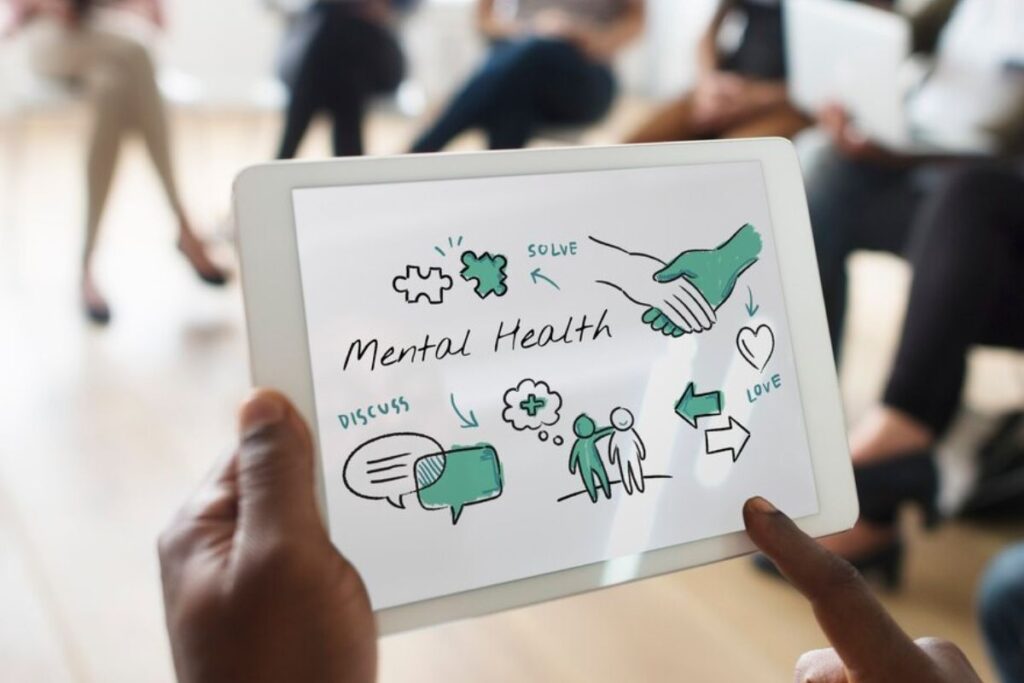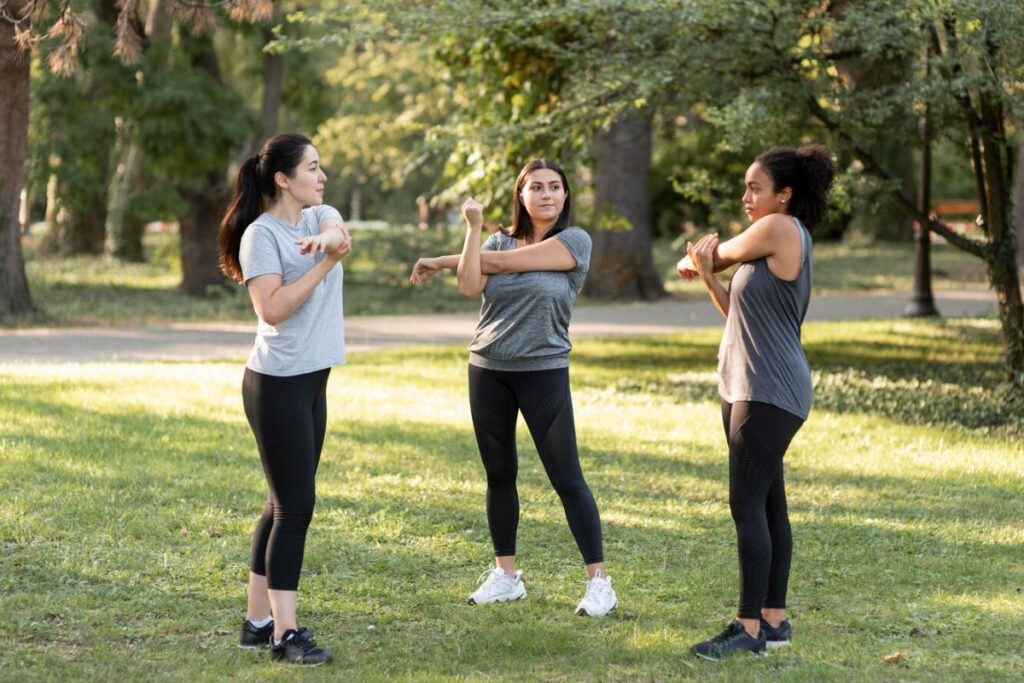
Physical activity is an essential component of a healthy lifestyle. Whether you’re an athlete training for a competition or someone who simply enjoys a daily walk, the benefits of physical activity are numerous and affect every aspect of your well-being. In this article, we’ll explore these benefits in detail, explaining how regular exercise can positively impact your physical, mental, and emotional health. We’ll also provide practical tips for incorporating physical activity into your daily routine.
1. Physical Health Benefits

1.1. Weight Management
One of the most well-known benefits of physical activity is its role in weight management. Regular exercise helps you burn calories, which is essential for maintaining a healthy weight. It also helps prevent weight gain by boosting your metabolism, making it easier to maintain or lose weight when combined with a balanced diet.
1.2. Stronger Muscles and Bones
Engaging in resistance training or weight-bearing exercises, like lifting weights or doing bodyweight exercises, can help you build stronger muscles and bones. This is particularly important as we age since it can reduce the risk of osteoporosis and maintain muscle mass, which tends to decline over time.
1.3. Improved Cardiovascular Health
Aerobic exercises such as running, cycling, and swimming help improve cardiovascular health. Regular physical activity can lower your risk of heart disease, reduce blood pressure, and improve cholesterol levels. It also strengthens the heart, making it more efficient in pumping blood throughout your body.
1.4. Better Respiratory Health
Physical activity can enhance lung function by increasing lung capacity and efficiency. It can help you breathe more easily, especially during physical exertion, and reduce the risk of respiratory diseases.
1.5. Enhanced Immune System
Exercise can boost your immune system, making you more resilient against infections. It helps your body produce antibodies and white blood cells that fight off illness and infection.
1.6. Lower Risk of Chronic Diseases
Regular physical activity is associated with a reduced risk of chronic diseases such as diabetes, stroke, and certain types of cancer. It can also help manage existing health conditions, such as diabetes and arthritis.
1.7. Better Digestive Health
Physical activity aids in digestion by promoting regular bowel movements and reducing the risk of constipation. It can also help prevent gastrointestinal issues like irritable bowel syndrome (IBS).
1.8. Increased Longevity
Studies consistently show that individuals who engage in regular physical activity tend to live longer. It not only increases your life span but also enhances your overall quality of life as you age.
2. Mental Health Benefits

2.1. Stress Reduction
Physical activity stimulates the release of endorphins, which are natural mood lifters. Regular exercise can help reduce stress and anxiety, leaving you feeling more relaxed and at ease.
2.2. Improved Sleep
People who engage in physical activity often enjoy better sleep quality. It can help you fall asleep faster, experience deeper sleep, and wake up feeling more refreshed.
2.3. Enhanced Cognitive Function
Exercise can boost cognitive function by improving memory, attention, and problem-solving skills. It’s been linked to a reduced risk of cognitive decline in older adults.
2.4. Enhanced Mood
Physical activity is a natural antidepressant. It can help alleviate symptoms of depression and boost your overall mood. Even a short, brisk walk can make a significant difference in how you feel.
2.5. Increased Self-Esteem
Regular exercise can enhance your self-esteem and self-confidence. Achieving fitness goals and improving your physical appearance can boost your self-image.
3. Emotional Health Benefits

3.1. Social Connection
Participating in group fitness classes, sports, or team activities provides an opportunity to connect with others who share your interests. These social connections can improve your emotional well-being and combat feelings of loneliness.
3.2. Stress Management
Physical activity provides an outlet for stress, allowing you to release pent-up tension and emotions in a healthy way. It can be a powerful coping mechanism during difficult times.
3.3. Increased Energy
Engaging in regular physical activity can leave you feeling more energized throughout the day. It can help combat fatigue and increase your productivity.
3.4. Emotional Resilience
Regular exercise can improve your emotional resilience, making it easier to deal with life’s challenges and setbacks.
4. How to Incorporate Physical Activity into Your Life

Now that we’ve explored the extensive benefits of physical activity, let’s discuss how you can incorporate it into your daily routine, regardless of your current fitness level:
4.1. Find Activities You Enjoy
The key to sticking with physical activity is finding activities you genuinely enjoy. Whether it’s dancing, hiking, swimming, or playing a sport, choose activities that make you excited to move.
4.2. Set Realistic Goals
Start with achievable goals, like walking for 30 minutes a day, and gradually increase the intensity and duration as your fitness level improves.
4.3. Make It a Habit
Consistency is crucial. Schedule your physical activity like any other appointment and make it a non-negotiable part of your routine.
4.4. Mix It Up
Vary your activities to prevent boredom and work different muscle groups. Cross-training can be a great way to keep things interesting.
4.5. Get Support
Consider finding a workout buddy or joining a fitness class. The social aspect can make exercise more enjoyable.
4.6. Prioritize Safety
Consult a healthcare professional before starting a new exercise routine, especially if you have underlying health issues.
4.7. Start Small
If you’re new to exercise, don’t push yourself too hard in the beginning. Gradual progress is both safer and more sustainable.
5. Conclusion
The benefits of physical activity are vast and touch every aspect of your well-being. Regular exercise not only improves your physical health but also enhances your mental and emotional state. By incorporating physical activity into your daily life, you can enjoy a longer, healthier, and happier existence. Remember that it’s never too late to start, and even small changes can lead to significant improvements in your overall quality of life. So, lace up your sneakers, grab a friend, and take that first step toward a healthier you!
FAQ
Certainly! Here’s a Frequently Asked Questions (FAQ) section to provide further clarification on the benefits of physical activity:
Q1. How much physical activity should I engage in to experience the health benefits mentioned in the article?
A1. The amount of physical activity you need depends on your fitness goals and current level of fitness. Generally, adults should aim for at least 150 minutes of moderate-intensity aerobic activity or 75 minutes of vigorous-intensity aerobic activity per week, along with muscle-strengthening activities on two or more days a week. However, any amount of physical activity is better than none, so start where you are comfortable and gradually increase it.
Q2. Can I still experience the benefits of physical activity if I’m not a fan of intense workouts or going to the gym?
A2. Absolutely! The benefits of physical activity are not limited to intense workouts or gym sessions. You can choose activities that you enjoy, such as walking, swimming, dancing, gardening, or playing sports. The key is to move your body regularly in a way that brings you joy. Consistency matters more than intensity.
Q3. How long does it take to start seeing the mental health benefits of physical activity, like reduced stress and improved mood?
A3. Some mental health benefits of physical activity, like improved mood and reduced stress, can be experienced shortly after a single workout due to the release of endorphins. However, long-term, consistent exercise is more effective in maintaining and enhancing mental well-being. It may take a few weeks of regular activity to notice significant and lasting improvements.
Q4. Can physical activity help with weight loss, and is it more effective than diet alone?
A4. Physical activity plays a crucial role in weight management, but it’s most effective when combined with a balanced diet. While exercise helps burn calories and build muscle, weight loss primarily depends on maintaining a caloric deficit (burning more calories than you consume). A combination of a healthy diet and regular physical activity is the most effective approach for sustainable weight loss.
Q5. Is there an age limit to start reaping the benefits of physical activity?
A5. There’s no age limit for starting physical activity. People of all ages can experience the benefits of exercise. In fact, physical activity is especially important for older adults to maintain strength, balance, and overall well-being. It’s never too late to start being active, and even small changes can make a significant difference in your health and quality of life.
Q6. Can I get the benefits of physical activity by doing household chores and daily activities, or does it have to be structured exercise?
A6. Both structured exercise and daily activities can contribute to your overall physical activity level and provide health benefits. Household chores, gardening, and activities like taking the stairs instead of the elevator all count toward your daily physical activity. However, for a comprehensive fitness routine, structured exercises like walking, jogging, swimming, or resistance training are also essential.
Q7. How can I stay motivated to continue with regular physical activity over the long term?
A7. Staying motivated can be challenging, but there are several strategies to help. Set specific, achievable goals, vary your activities to keep things interesting, find a workout buddy, create a schedule, and track your progress. Remember that the key to long-term success is finding activities you enjoy, as this will make staying motivated much easier.
Q8. Are there any precautions I should take before starting a new exercise routine, especially if I have pre-existing health conditions?
A8. It’s important to consult a healthcare professional, especially if you have underlying health issues, before starting a new exercise routine. They can provide guidance on what types of activities are safe and appropriate for your condition. Safety should always be a priority when embarking on a new exercise program.
Q9. Can children and teenagers benefit from regular physical activity, and how much should they get each day?
A9. Absolutely, children and teenagers benefit greatly from physical activity. It helps in their growth, development, and overall health. According to guidelines, children and adolescents should get at least 60 minutes of physical activity each day, which should include a mix of moderate and vigorous-intensity activities, as well as muscle-strengthening and bone-strengthening activities.
Q10. Are there any potential risks or downsides to physical activity that people should be aware of?
A10. While the benefits of physical activity far outweigh the risks, it’s essential to exercise safely. Overtraining, improper form, or ignoring pain can lead to injuries. It’s crucial to listen to your body, warm up before workouts, and use proper technique. If you have underlying health conditions, consult a healthcare professional to ensure that your exercise routine is safe and appropriate for you.
Remember that the key to a successful and sustainable exercise routine is finding activities that you enjoy and that fit your lifestyle. Start where you are comfortable and gradually progress to achieve the numerous health benefits associated with physical activity.













